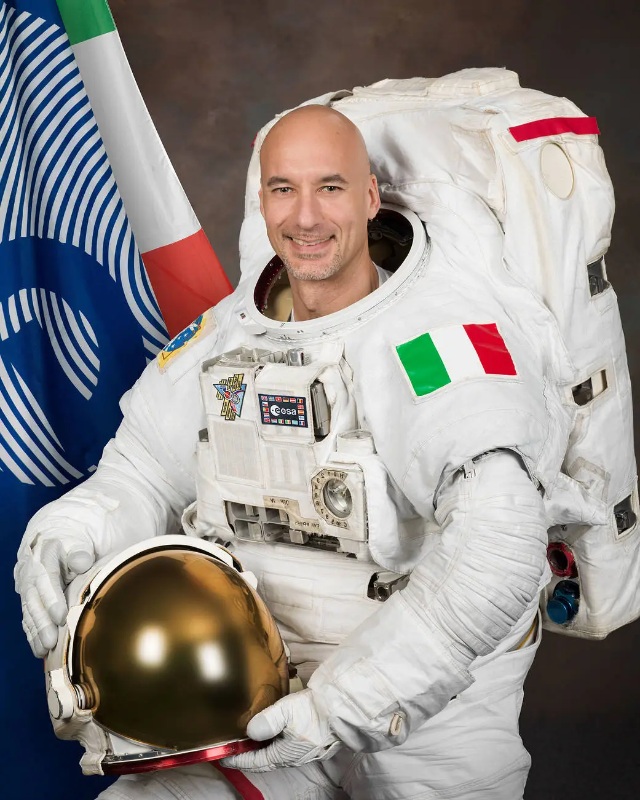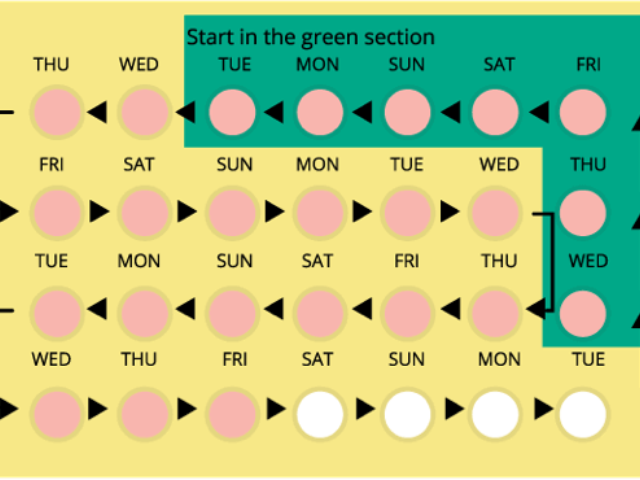
-
Close Call In The Cosmos: Astronaut Recalls Near-Drowning Experience In Space
07 Oct 2024 by Tayla in Lifestyle, Space, Tech/Sci
[imagesource:gencraft/ai]
In 2013, Luca Parmitano, an Italian astronaut representing the European Space Agency (ESA), embarked on an ambitious six-hour spacewalk with NASA’s Christopher J. Cassidy.
However, this extraordinary venture took a terrifying turn when Parmitano suddenly noticed water pooling inside his spacesuit.
This alarming situation prompted an immediate halt to the extravehicular activity (EVA). Just a week earlier, NASA had flagged technical flaws in the suit’s design, foreshadowing the chilling ordeal that was about to unfold.
Just an hour after the EVA started, Parmitano felt a strange sensation in his spacesuit.
“The unexpected sensation of water at the back of my neck surprises me – and I’m in a place where I’d rather not be surprised,” wrote Parmitano in a NASA blog post.
Imagine that.

Image: NASA
He continued:
“I move my head from side to side, confirming my first impression, and with superhuman effort I force myself to inform Houston of what I can feel, knowing that it could signal the end of this EVA.” And that is what happened as soon as Shane Kimbrough, capsule communicator, and Chris learned what was happening.
Parmitano thought the water came from his drinking water flask, but its increasing nature and temperature said otherwise.
“As I move back along my route towards the airlock, I become more and more certain that the water is increasing,” wrote Parmitano. “I feel it covering the sponge on my earphones and I wonder whether I’ll lose audio contact.”
As Parmitano made his way to the airlock, panic set in as his vision blurred from the rising water. The liquid surged, encasing his nose and rapidly filling the upper part of his helmet.
In that harrowing moment, he found himself disoriented and unsure of which way to turn, the path to safety obscured by the looming threat of drowning in the depths of space.
“I try to contact Chris and Shane: I listen as they talk to each other, but their voices are very faint now: I can hardly hear them and they can’t hear me,” wrote Parmitano.
“I’m alone.”
Parmitano used his safety cable to orient himself and move toward the airlock. Still, water made the whole experience worse.
“I move for what seems like an eternity (but I know it’s just a few minutes),” wrote Parmitano. Finally, with a huge sense of relief, I peer through the curtain of water before my eyes and make out the thermal cover of the airlock: just a little further, and I’ll be safe.”
Like some gift from the cosmos, he eventually entered the airlock and his team assisted him. All the while, no one could hear him through his comms. The team was able to remove his helmet and Parmitano was now safe, although not being able to hear due to the water inside his ears and nose.
“Space is a harsh, inhospitable frontier and we are explorers, not colonisers,” he concludes. “The skills of our engineers and the technology surrounding us make things appear simple when they are not, and perhaps we forget this sometimes.”
What a way to bring you back down to Earth.
[source:wideopencountry]
Latest News
-
Brave Rape Survivor Alison Botha Faces New Challenge After Brain Surgery
[imagesource: Alison Botha] Gqeberha rape survivor Alison Botha, a beacon of resilience...
-
Get Ready For The Mother of All Celebrations As MCQP Turns 30
[imagesource:mcqp/facebook] Clutch your pearls for South Africa’s favourite LGBTQIA+ ce...
-
The Iconic Good Hope Centre Is Set For Redevelopment
[imagesource:capetown.gov] The City of Cape Town’s Mayoral Committee has approved the...
-
‘Yaz Plus’ Contraceptive Pills Recalled Due To Packaging Mix-Up, Posing Potential Pregnancy Risk
[imagesource:drugwatch] Jassis, Yaz. This is a full-blown mess. In what appears to b...
-
Update: Body Of Missing Cape Town Hiker Found In Newlands Forest
[imagesource:mikebolhuis/facebook] The search for the 66-year-old Cape Town hiker has c...
-






























